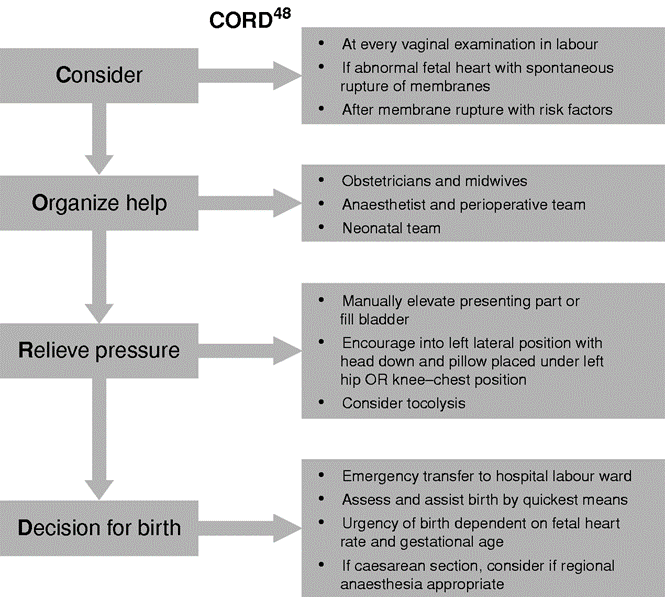A client who is 4 weeks pregnant, is at the first prenatal visit and reports to the nurse the use of alcohol. Which of the following should the nurse educate the client about, to be a safe level of alcohol intake during pregnancy?
Up to 4 oz daily
2 to 6 oz daily
Up to 2 oz daily
No alcohol
The Correct Answer is D
Explanation:
The safest recommendation for alcohol intake during pregnancy is to avoid alcohol completely. There is no known safe level of alcohol consumption during pregnancy, as even small amounts of alcohol can potentially harm the developing fetus. Alcohol crosses the placenta and can lead to a range of serious complications known as fetal alcohol spectrum disorders (FASDs), including physical, behavioral, and intellectual disabilities.
Nursing Test Bank
Naxlex Comprehensive Predictor Exams
Related Questions
Correct Answer is A
Explanation
Explanation:
A. Insert a gloved hand into the vagina to relieve pressure on the cord: This is the correct action because a prolapsed umbilical cord can become compressed, leading to decreased blood flow to the fetus. By inserting a gloved hand into the vagina and lifting the presenting part off the cord, the nurse can relieve pressure and improve blood flow to the fetus until further interventions can be initiated.

B. Cover the cord with a sterile, moist saline dressing: While covering the cord with a sterile, moist saline dressing can help prevent drying and protect the cord, it is not the first action to take in the case of a prolapsed cord. The priority is to relieve pressure on the cord to ensure adequate blood flow to the fetus.
C. Place the client in knee-chest position: Placing the client in a knee-chest position can also help relieve pressure on the cord by using gravity to shift the presenting part away from the cord. However, this should be done after inserting a gloved hand into the vagina to relieve immediate pressure on the cord.
D. Prepare the client for an immediate birth: While preparing the client for an immediate birth may be necessary if the situation cannot be resolved quickly, the first step is to relieve pressure on the cord to prevent fetal compromise.
Correct Answer is A
Explanation
Explanation:
A. "This could result in profound bleeding."
This is the correct explanation. Placenta previa involves the placenta partially or completely covering the cervix. Performing an internal examination, such as a vaginal exam, can disrupt the placenta and lead to severe bleeding. This bleeding can be dangerous for both the mother and the baby, making it a critical concern to avoid internal exams in placenta previa cases.
B. "This could initiate preterm labor."
While internal examinations may trigger preterm labor in some cases, the primary concern in placenta previa is the risk of significant bleeding. Preterm labor is not typically the primary reason for avoiding internal exams in placenta previa; instead, the focus is on preventing bleeding and its associated complications.
C. "There is an increased risk of rupture of the membranes."
While an internal examination may carry a risk of membrane rupture, especially in situations with low-lying placenta or marginal previa, the primary concern in placenta previa is the potential for severe bleeding if the placenta is disturbed. Rupture of membranes is a consideration but is not the main reason for avoiding internal exams in placenta previa.
D. "There is an increased risk of introducing infection."
While infection is a concern with any invasive procedure, including internal examinations, it is not typically the primary reason for avoiding internal exams in placenta previa. The main focus is on preventing bleeding complications that can arise from disrupting the placenta.
Whether you are a student looking to ace your exams or a practicing nurse seeking to enhance your expertise , our nursing education contents will empower you with the confidence and competence to make a difference in the lives of patients and become a respected leader in the healthcare field.
Visit Naxlex, invest in your future and unlock endless possibilities with our unparalleled nursing education contents today
Report Wrong Answer on the Current Question
Do you disagree with the answer? If yes, what is your expected answer? Explain.
Kindly be descriptive with the issue you are facing.
